 "ttyymmnn" (ttyymmnn)
"ttyymmnn" (ttyymmnn)
08/21/2020 at 12:35 • Filed to: wingspan, Planelopnik, TDIAH
 5
5
 11
11
 "ttyymmnn" (ttyymmnn)
"ttyymmnn" (ttyymmnn)
08/21/2020 at 12:35 • Filed to: wingspan, Planelopnik, TDIAH |  5 5
|  11 11 |
!!! UNKNOWN CONTENT TYPE !!!
Welcome to
This Date in Aviation History
, getting of you caught up on milestones, important historical events and people in aviation from August 19 through August 21.
!!! UNKNOWN CONTENT TYPE !!!
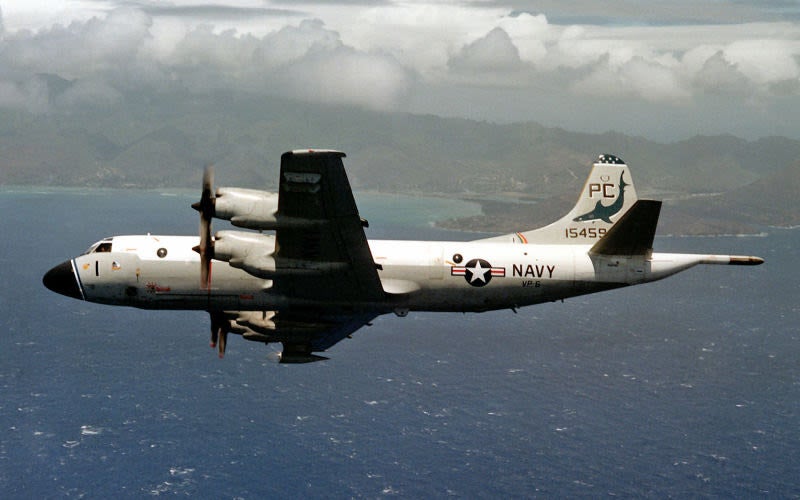
August 19, 1958 – The first flight of the Lockheed P-3 Orion. The modern carrier battle group is one of the most potent assemblages of warships ever to sail the high seas. But in spite of all that firepower, it remains vulnerable to attack from submarines. Since U-Boats began prowling the seas in WWI, navies have struggled to find the subs before the subs find them, and aircraft have come to play a vital role in submarine detection and defense. Following WWII, the US Navy fielded its first dedicated antisubmarine warfare (ASW) aircraft with the hunter-killer team of the !!!error: Indecipherable SUB-paragraph formatting!!! . That two-aircraft system was followed by the !!!error: Indecipherable SUB-paragraph formatting!!! , the first purpose-built carrier-borne ASW aircraft that was large enough to carry both the equipment to detect submarines and the weapons to counter them.
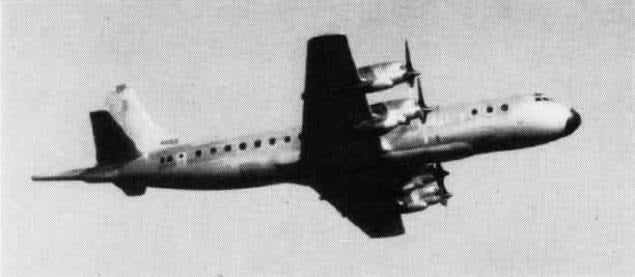
The Orion prototype, a converted Lockheed Electra
In August 1957, the Navy issued a call for design proposals to meet Type Specification 146 for a new land-based aircraft to perform the ASW role, an aircraft that would complement the !!!error: Indecipherable SUB-paragraph formatting!!! and replace the !!!error: Indecipherable SUB-paragraph formatting!!! flying boat. To meet their needs as quickly as possible and to reduce cost, the Navy encouraged manufacturers to modify an aircraft already in production. Concurrent with the Navy request, Lockheed was working on the !!!error: Indecipherable SUB-paragraph formatting!!! , a four-engine turboprop airliner that carried about 100 passengers and became the first large turboprop airliner in the US when it made its maiden flight in December of 1957. Lockheed proposed adapting the Electra for the ASW role, an idea that was accepted by the Navy, and a contract was awarded in May 1958. Production began immediately on a flying prototype, and the first Orion was fitted with a simulated weapons bay and carried a mock-up of the !!!error: Indecipherable SUB-paragraph formatting!!! (MAD) boom in the rear of the aircraft. While by no means a production-ready aircraft, and still looking very much like an Electra, the mock-up of what would become the Orion gave the Navy a good idea of the feasibility of the design.
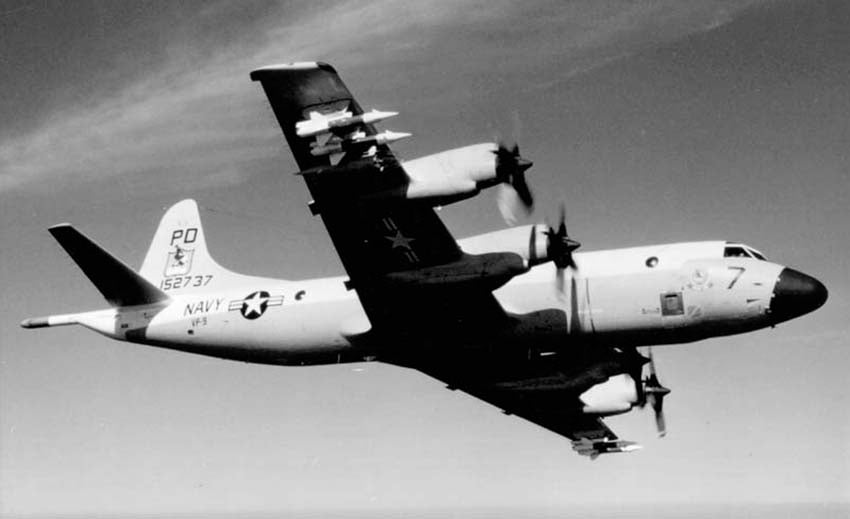
A P-3B Orion of Patrol Squadron 9 (VP-9) armed with four Bullpup air-to-ground missiles in 1969
While the P-3 retains the wings, tail, and engines of the Electra, Lockheed shortened the fuselage, added a weapons bay, and upgraded the avionics. Four !!!error: Indecipherable SUB-paragraph formatting!!! turboprop engines take the Orion to a top speed of 411 knots (about 466 mph) with a combat radius of over 1,500 miles. Once on station, the Orion can loiter for up to three hours at 1,500 feet. If an enemy sub is detected, ten wing stations and eight internal bomb bay stations can hold up to 20,000 pounds of air-to-surface missiles, depth charges, mines, torpedoes, or sonobuoys. The Orion was also designed to carry the !!!error: Indecipherable SUB-paragraph formatting!!! , though that capability was removed in 1993.
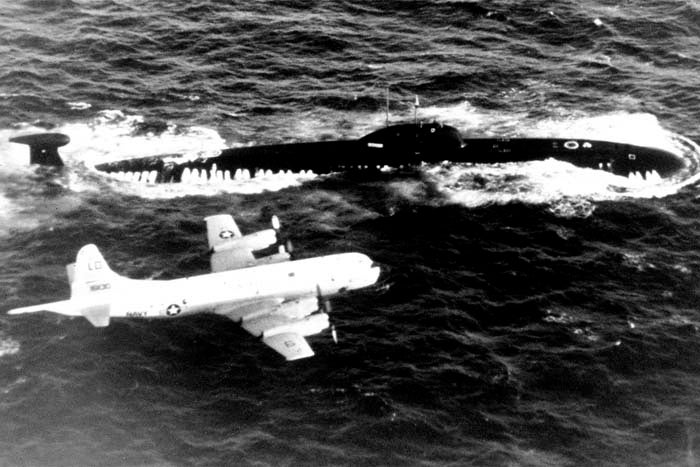
A P-3 Orion from Patrol Squadron 10 (VP-10) flies over a Soviet Victor III class submarine
The P-3 was introduced in 1962, and its primary mission was to track Soviet submarines lurking around US fleets and destroy them if the Cold War suddenly became hot. But even with the end of the Cold War, patrolling Orions are often shadowed by opposing aircraft. In one high-profile
!!!error: Indecipherable SUB-paragraph formatting!!!
on April 1, 2001, an Orion operating near China collided with a Chinese
!!!error: Indecipherable SUB-paragraph formatting!!!
fighter, leading to the loss of the fighter. The Orion was forced to land on the Chinese Island of Hainan, leading to an international incident that was eventually resolved with the release of the Orion and its crew and the return of the aircraft.

A pair of WP-3D Orion hurricane hunters
The P-3 has proven to be quite adaptable, and Lockheed has produced a host of !!!error: Indecipherable SUB-paragraph formatting!!! , including the WP-3D Orion hurricane hunter for the National Oceanic and Atmospheric Administration. A total of 757 Orions have been produced, a number which includes 107 aircraft built under license by Kawasaki in Japan. Orions are operated by a number of export countries, including Iran, who received its aircraft when Iran was still allied with the US. After more than 50 years of service, the Orion soldiers on, but it is currently being replaced in US Navy service by the !!!error: Indecipherable SUB-paragraph formatting!!! , another sub hunter derived from a civilian airliner, the !!!error: Indecipherable SUB-paragraph formatting!!! .
!!! UNKNOWN CONTENT TYPE !!!
!!! UNKNOWN CONTENT TYPE !!!
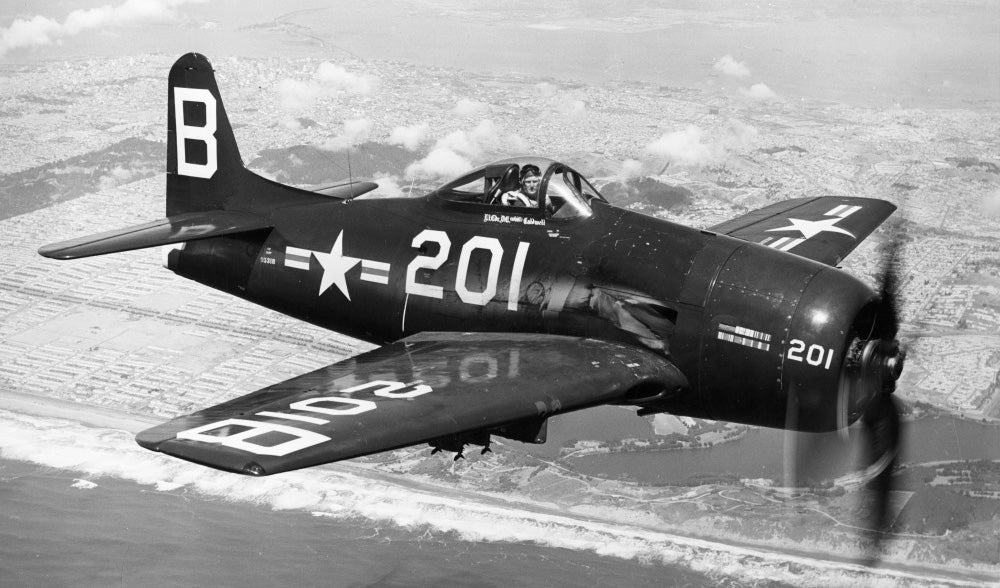 !!!CAPTION ERROR: MAY BE MULTI-LINE OR CONTAIN LINK!!!
!!!CAPTION ERROR: MAY BE MULTI-LINE OR CONTAIN LINK!!!
August 21, 1944 – The first flight of the Grumman F8F Bearcat. The Second World War was not only the heyday of the piston-powered military aircraft, it also witnessed the birth of the jet-powered warplane. But new technologies can be slow to take hold, and while jet power would one day take over military aviation, propeller technology was reaching its zenith by late in the war, and advanced fighters that had been conceived early in the war reached their full potential as the war drew to a close. The Grumman F8F Bearcat, which first came to the drawing board in 1942, was one of the fastest piston-powered fighters ever built, and the final piston-engined aircraft produced by the storied Iron Works of the !!!error: Indecipherable SUB-paragraph formatting!!! .
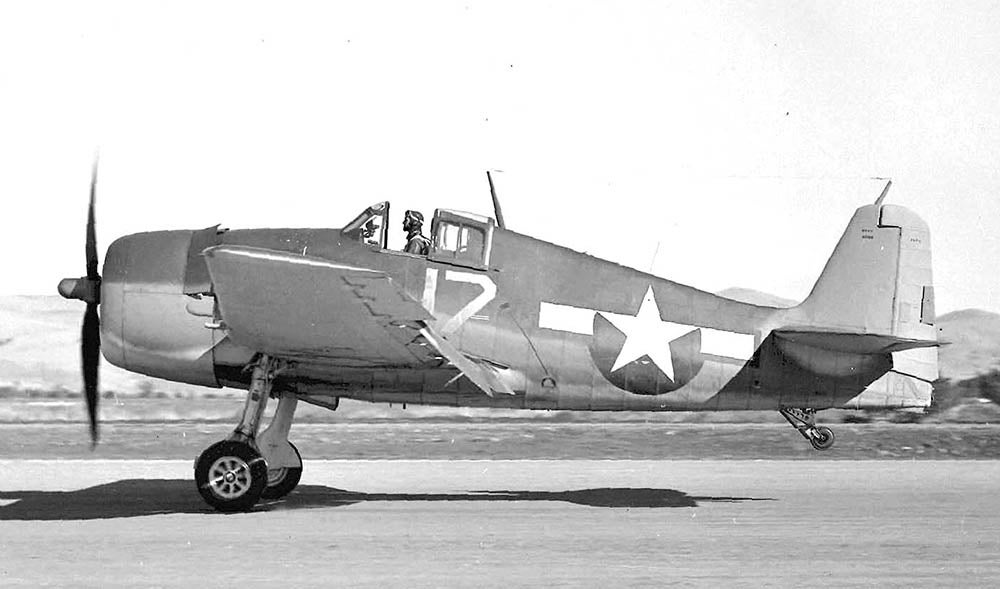
The larger and heavier Grumman F6F Hellcat formed the basis for design refinements that led to the F8F Bearcat
Following the pivotal !!!error: Indecipherable SUB-paragraph formatting!!! in June 1942, Grumman met with veterans of the battle to discuss the future of US Navy fighters. Pilots who fought against the Japanese discussed the shortcomings of their 1930s-era fighters, and specifically expressed their desire for an increased rate of climb so they could get their heavier fighters above the more nimble Japanese designs. To help American pilots gain the upper hand, Grumman designed the smallest possible fighter around the largest possible engine. They began work on what the company referred to as G58 by starting with the !!!error: Indecipherable SUB-paragraph formatting!!! , a fast and powerful fighter in its own right, and used the same !!!error: Indecipherable SUB-paragraph formatting!!! radial engine.
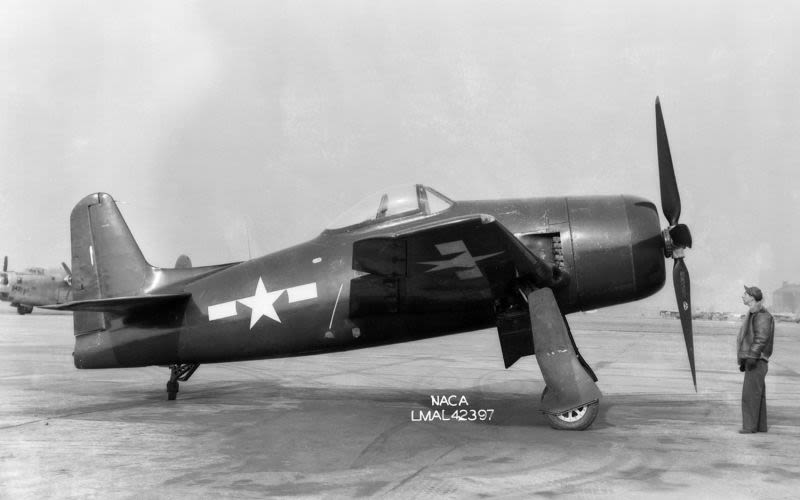
The prototype XF8F-1 Bearcat at NACA Langley Field in Virginia in 1945. The Bearcat’s lineage with the Hellcat is readily apparent in this profile.
To refine the design of the fuselage, Grumman shortened it by five feet and removed the dorsal ridge. The bubble canopy, a first for a US Navy fighter, afforded the pilot with excellent visibility, while thinner wings and flush rivets made the plane lighter and more aerodynamic. Where the Hellcat had a large 3-bladed propeller, the Bearcat was given a slightly smaller 4-bladed prop. Further weight savings were found by making the wingtips detachable for carrier storage rather than using a heavy folding mechanism, and by reducing fuel capacity. Thus, the Bearcat proved to be an excellent interceptor, but the Hellcat was still needed for long-range missions. By the time Grumman was finished, the Bearcat was 20% lighter, had a climb rate that was improved by 30%, and, with a top speed of 421 mph, the Bearcat was 30 mph faster than the Hellcat. Grumman had provided the Navy with an extremely powerful fighter that was still small enough to operate from the Navy’s smaller escort carriers which provided air cover for troop landing operations in the Pacific.
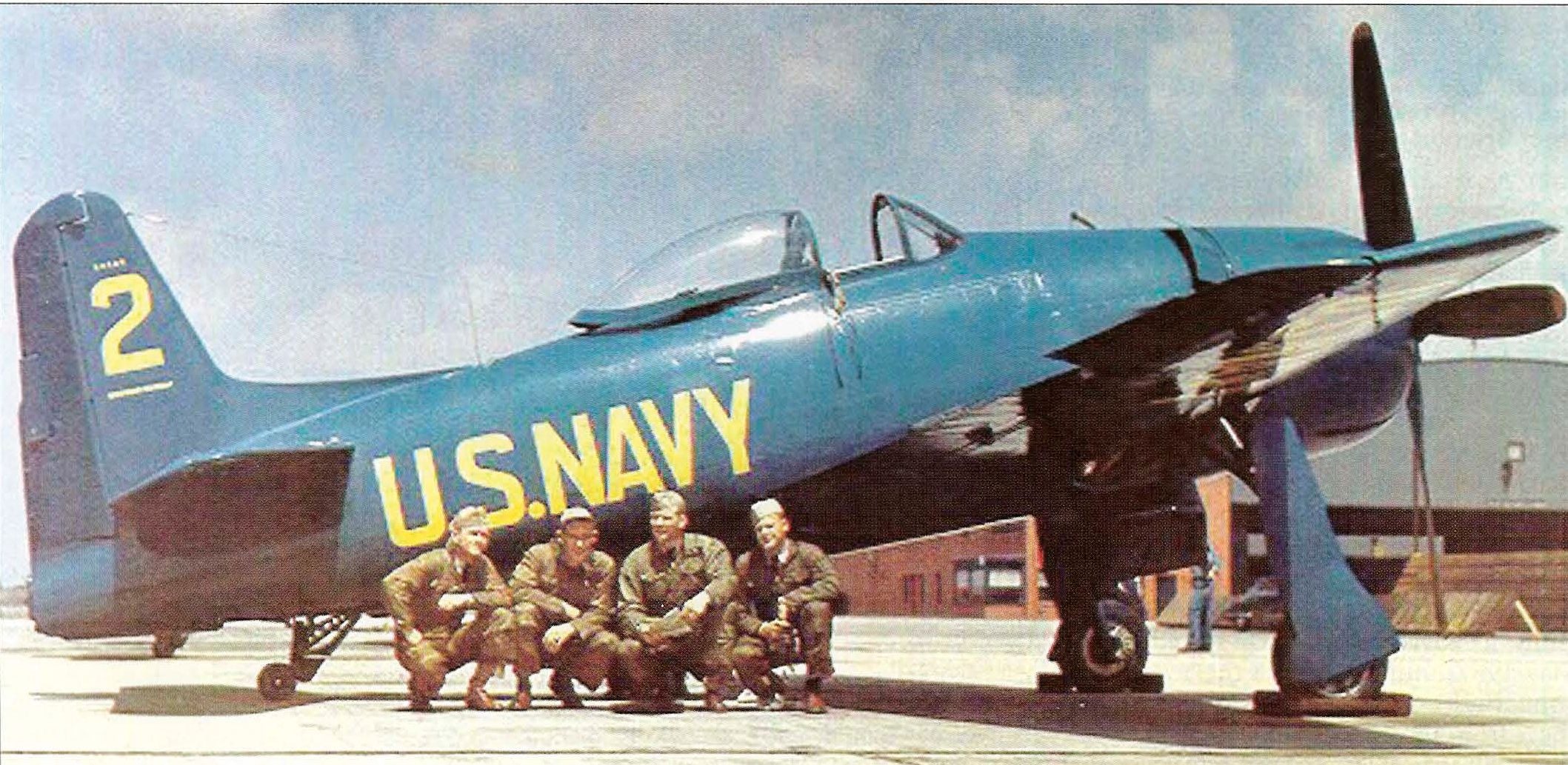
F-8F-1 Bearcat of the US Navy Blue Angels flight demonstration squadron. The Blue Angels flew the Bearcat from 1946-1949, the last propeller plane flown by the squadron.
In October 1944, the Navy placed an order with Grumman for just over 2,000 Bearcats, plus another 1,800 modified aircraft to be built by General Motors. But with the end of the war in the Pacific in August 1945, the Grumman order was slashed to 770 aircraft and the GM order was canceled altogether. The first Bearcats were delivered to combat squadrons and were operational by May 1945, but the war ended before the F8F ever saw combat. Nevertheless, the Bearcat became the principal carrier-based fighter for the US Navy immediately after WWII, and equipped 24 Navy and US Marine Corps squadrons. French Bearcat pilots saw their first combat during the !!!error: Indecipherable SUB-paragraph formatting!!! , and a number of fighters were transferred to the Republic of Vietnam, but were retired in 1963 before seeing extensive action in the Vietnam War. The Bearcat was also the second airplane flown by the US Navy’s !!!error: Indecipherable SUB-paragraph formatting!!! flight demonstration squadron after the Grumman F6F Hellcat, and its size, power and maneuverability made it a popular aircraft among air racers after the war.
!!! UNKNOWN CONTENT TYPE !!!
!!! UNKNOWN CONTENT TYPE !!!
Short Takeoff
!!! UNKNOWN CONTENT TYPE !!!
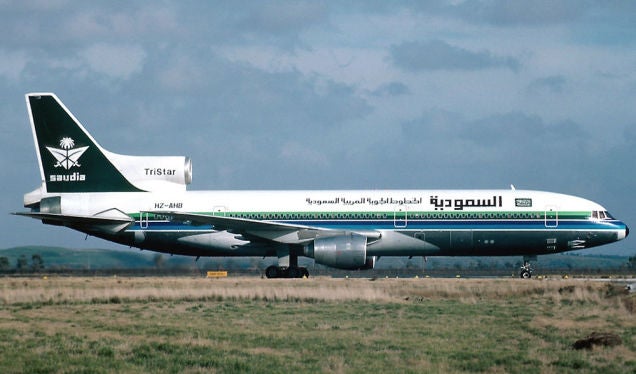
Not accident aircraft
August 19, 1980 – All passengers and crew of Saudia Flight 163 perish in a fire after the plane made a successful emergency landing. Saudia Flight 163 (HZ-AHK) was regularly scheduled !!!error: Indecipherable SUB-paragraph formatting!!! service from Riyadh International Airport to Jeddah, Saudi Arabia. Seven minutes after takeoff, a fire broke out in the cargo hold and the passenger compartment filled with smoke. As the fire spread, it burned through the aft passenger compartment floor and severed the engine control cables for the center engine. Despite this, the crew managed to return to Riyadh and land safely, though it continued to taxi for nearly three minutes before stopping on a taxiway. Rescue crews had to drive to where the plane stopped, but did not open the doors to the aircraft until the engines stopped, a full 23 minutes after the successful emergency landing. By that time, all 287 passengers and 14 crew had died from smoke inhalation. It was the second worst death toll in any single aircraft accident after !!!error: Indecipherable SUB-paragraph formatting!!! , the worst accident ever involving an L-1011, and the deadliest aviation disaster that did not involve a crash or breakup of any kind.
!!! UNKNOWN CONTENT TYPE !!!
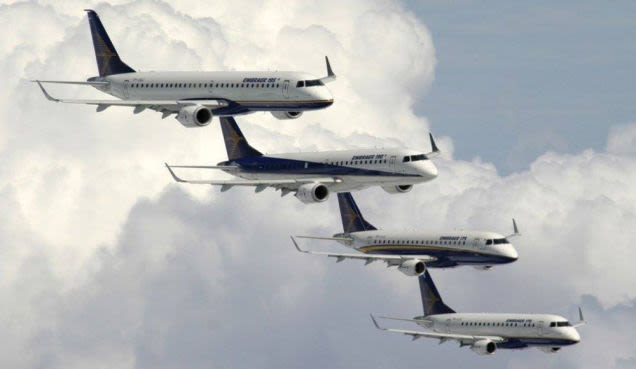
August 19, 1969 – Aircraft manufacturer Embraer is founded by Brazil’s Ministry of Aeronautics. Empresa Brasileira de Aeronáutica was created as a government-owned corporation so that Brazil might gain a foothold in aircraft manufacturing and reduce its reliance on foreign aircraft manufacturers. Embraer’s first aircraft was the !!!error: Indecipherable SUB-paragraph formatting!!! , a 21-passenger twin-turboprop developed for civilian and military customers, and the company now produces an entire line of jet-powered regional airliners. In 1994, Embraer became a private company, though the government retains a share of the company, and it has expanded into the third-largest airplane manufacturer in the world behind Boeing and Airbus, with production facilities in the United States and China. In 2018, Boeing announced it would take an 80% stake in Embraer to develop smaller regional airliners in a move to counter Airbus’ acquisition of the Bombardier CSeries, which the company rebranded as the !!!error: Indecipherable SUB-paragraph formatting!!! . However, Boeing canceled the deal in 2020, citing financial difficulties surrounding the COVID-19 pandemic.
!!! UNKNOWN CONTENT TYPE !!!
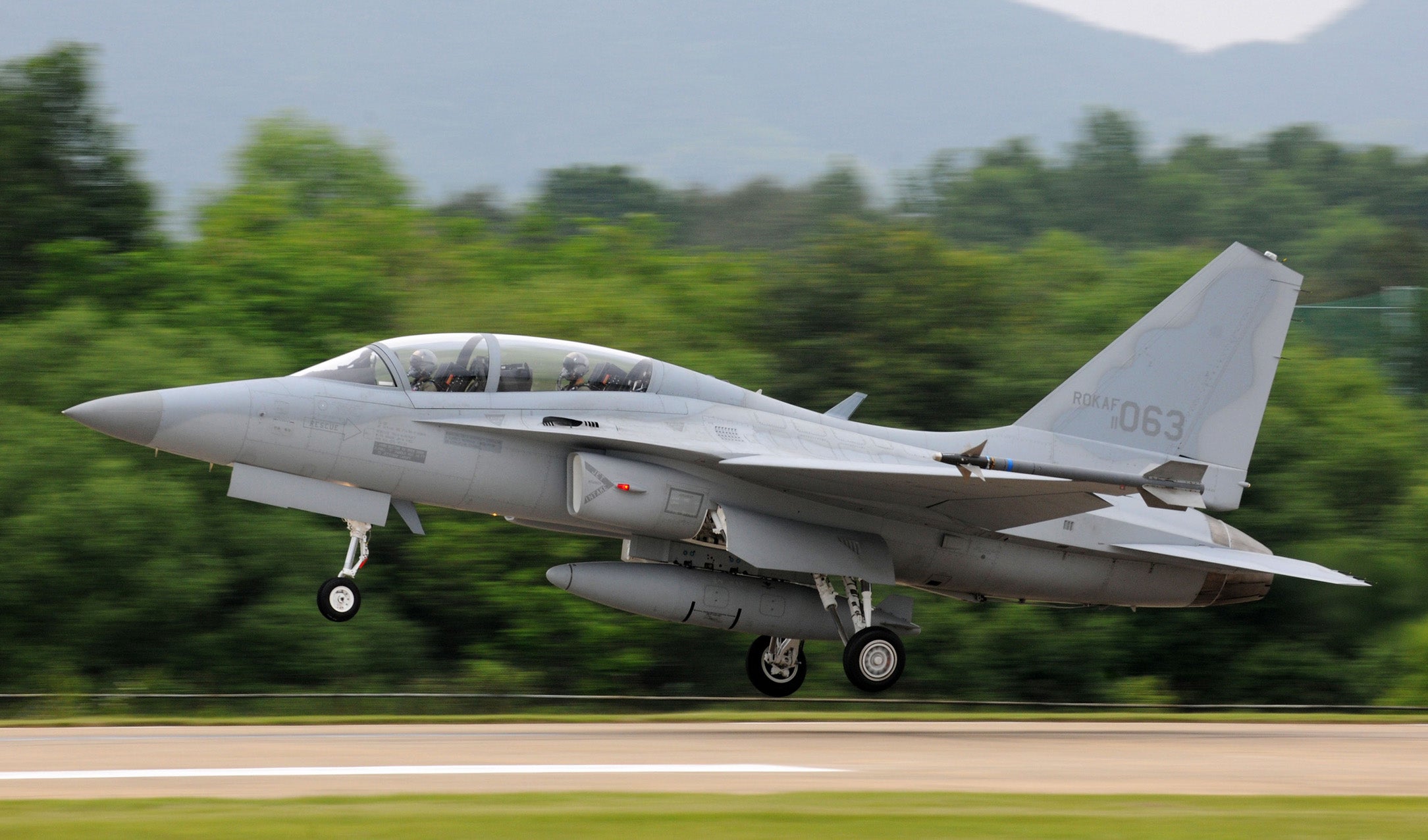
August 20, 2002 – The first flight of the KAI T-50 Golden Eagle, a two-seat supersonic trainer developed in a partnership between Korea Aerospace Industries and Lockheed Martin, and the first supersonic aircraft produced by South Korea. One of a small number of supersonic trainers, the T-50 entered service with the Republic of Korea Air Force (ROKAF) in 2005 and is currently operated by Korea, Indonesia, Iraq and the Philippines. An armed version has also been developed for light attack known as the FA-50. The T-50 was an unsuccessful contender for the US Air Force’s !!!error: Indecipherable SUB-paragraph formatting!!! to procure a new trainer to replace the !!!error: Indecipherable SUB-paragraph formatting!!! , currently serves with the Republic of Korea, Indonesia, Philippines, and Iraq.
!!! UNKNOWN CONTENT TYPE !!!
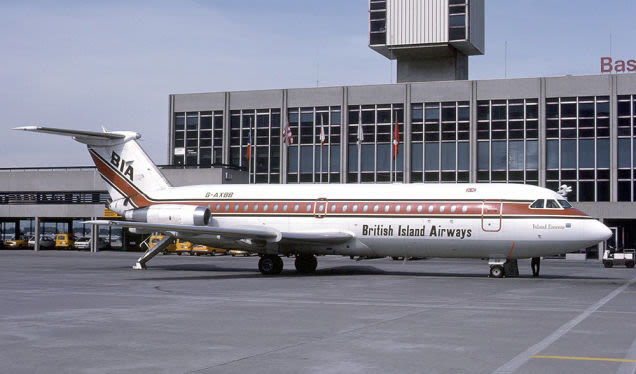
August 20, 1963 – The first flight of the BAC One-Eleven,
a short-range airliner and the second jet-powered airliner to enter service in Europe after the
!!!error: Indecipherable SUB-paragraph formatting!!!
. Also known as the BAC 111 and the BAC 1-11, the airliner was developed to replace the turboprop-powered
!!!error: Indecipherable SUB-paragraph formatting!!!
, though early sales were dominated by purchases from US carriers. The One-Eleven was originally designed to carry 89 passengers, while subsequent variants accommodated up to 119 passengers. A total of 244 aircraft were produced in the United Kingdom and Romania, and the One-Eleven became one of the most successful British airliners of its day.
!!! UNKNOWN CONTENT TYPE !!!
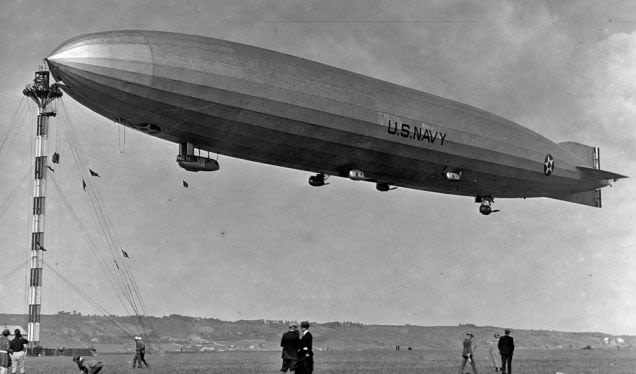
August 20, 1923 – The first flight of the rigid airship USS
Shenandoah
(ZR-1).
The first of four rigid airships commissioned by the US Navy,
Shenandoah
was constructed at Lakehurst Naval Air Station in New Jersey from a design that was largely based on the German
!!!error: Indecipherable SUB-paragraph formatting!!!
LZ-96. Like its German counterpart,
Shenandoah
was intended for fleet reconnaissance duties, and she was the first American airship to cross North America in 1924, flying from New Jersey to California.
Shenandoah
was lost on September 2, 1925 during its 57th flight when the airship was torn apart by a thunderstorm over Ohio, killing 14 members of its 43-man crew.
!!! UNKNOWN CONTENT TYPE !!!
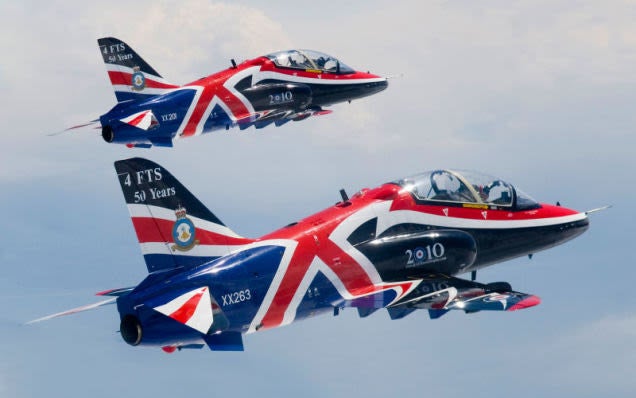
August 21, 1974 – The first flight of the BAE Systems Hawk, a trainer developed by Hawker Siddeley (later British Aerospace) to replace the !!!error: Indecipherable SUB-paragraph formatting!!! , the !!!error: Indecipherable SUB-paragraph formatting!!! , and still older !!!error: Indecipherable SUB-paragraph formatting!!! trainers. The aircraft features a tandem cockpit, with the rear instructor’s seat elevated above the student for improved visibility. The single !!!error: Indecipherable SUB-paragraph formatting!!! afterburning turbofan gives the Hawk a maximum speed of Mach 0.84. The simplicity of the design has lent itself to numerous upgrades and developments, including a single-seat ground attack variant in which the forward seat is removed and the space filled with avionics, computers, radar, laser rangefinder, or forward-looking infrared. Over a 1,000 have been built, and it is currently flown by 13 nations, including the US Navy, where it is known as the !!!error: Indecipherable SUB-paragraph formatting!!! .
!!! UNKNOWN CONTENT TYPE !!!
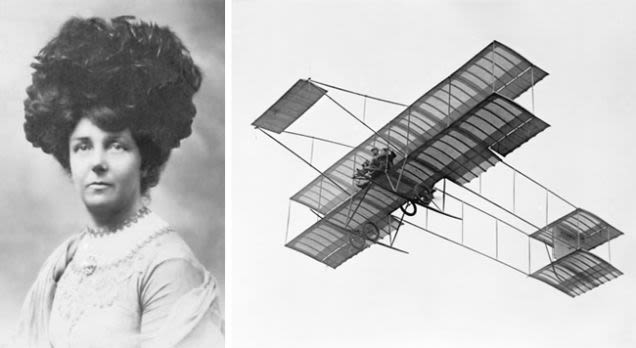
August 21, 1943 – The death of Hilda Beatrice Hewlett. Hewlett was born on February 17, 1864 and was the first British woman to earn a pilot license. After attending her first aviation meeting at Blackpool in 1909, Hewlett adopted the pseudonym “Grace Bird” and began studying aeronautics. She later opened a flying school at the Brooklands racing circuit with business partner !!!error: Indecipherable SUB-paragraph formatting!!! . Among her pupils was !!!error: Indecipherable SUB-paragraph formatting!!! , founder of the !!!error: Indecipherable SUB-paragraph formatting!!! . Hewlett also taught her son to fly, and he went on to a distinguished career in the military and was awarded the Distinguished Service Order in 1915. The company she formed with Blondeau began building Farman, Caudron and Hanriot aircraft, eventually producing more than 800 aircraft and employing 700 workers.
!!! UNKNOWN CONTENT TYPE !!!
Connecting Flights
!!! UNKNOWN CONTENT TYPE !!!
!!! UNKNOWN CONTENT TYPE !!!
!!! UNKNOWN CONTENT TYPE !!!
!!! UNKNOWN CONTENT TYPE !!!
!!! UNKNOWN CONTENT TYPE !!!
If you enjoy these Aviation History posts, please let me know in the comments. You can find more posts about aviation history, aviators, and aviation oddities at !!!error: Indecipherable SUB-paragraph formatting!!! .
!!! UNKNOWN CONTENT TYPE !!!
 farscythe - makin da cawfee!
> ttyymmnn
farscythe - makin da cawfee!
> ttyymmnn
08/21/2020 at 12:48 |
|
ermagerd! political correctness has not only gone mad....its gone airbo rne!

right yes...wont let the door hit me on the way out...
(ill go read now)
 TheRealBicycleBuck
> ttyymmnn
TheRealBicycleBuck
> ttyymmnn
08/21/2020 at 13:01 |
|
Another excellent post!
 ttyymmnn
> TheRealBicycleBuck
ttyymmnn
> TheRealBicycleBuck
08/21/2020 at 13:16 |
|
Thank you!
 RacinBob
> ttyymmnn
RacinBob
> ttyymmnn
08/21/2020 at 13:27 |
|
Saudi 163 Story
 ttyymmnn
> RacinBob
ttyymmnn
> RacinBob
08/21/2020 at 13:34 |
|

https://lessonslearned.faa.gov/Saudi163/AircraftAccidentReportSAA.pdf
 user314
> ttyymmnn
user314
> ttyymmnn
08/21/2020 at 13:40 |
|
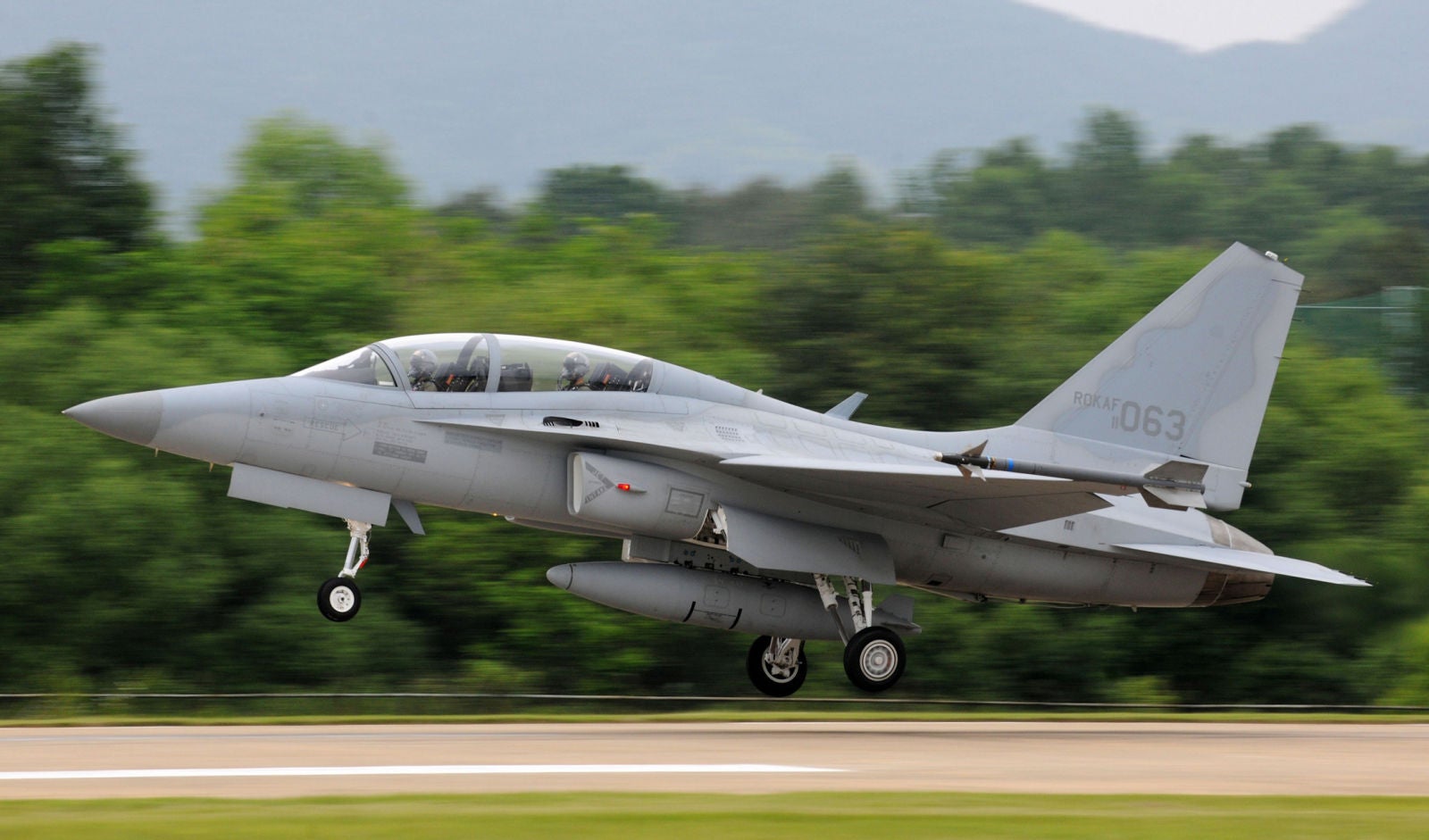
The result of a forbidden love affair between an F/A-18 and F-16....
 facw
> user314
facw
> user314
08/21/2020 at 13:44 |
|
Ah, but where does the F-CK-1 fit in that:
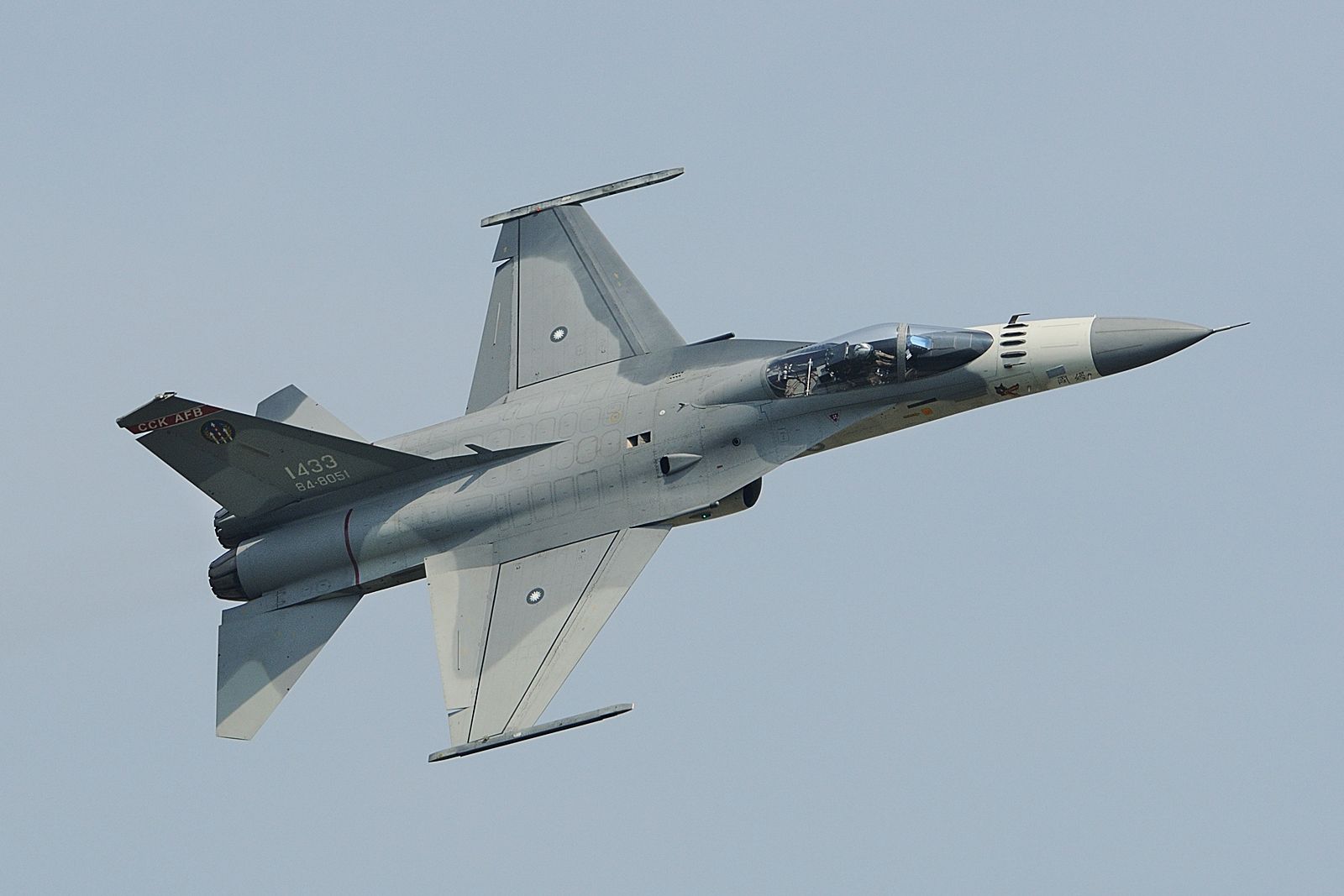
 user314
> facw
user314
> facw
08/21/2020 at 13:54 |
|
That’s basically an F-16, but with a recessive gene.
 RacinBob
> ttyymmnn
RacinBob
> ttyymmnn
08/21/2020 at 16:33 |
|
Pretty bad way to go, I can’ t imagine why nobody would open the doors or cockpit window. I guess just following orders.
 Radarjeremy
> ttyymmnn
Radarjeremy
> ttyymmnn
08/25/2020 at 18:52 |
|
Always my favorite post! I look forward to "this week in aviation" and it is always enjoyable. Thank you for putting all that effort into these great articles.
 ttyymmnn
> Radarjeremy
ttyymmnn
> Radarjeremy
08/25/2020 at 21:03 |
|
Thank you, and thanks for reading! Keep an eye out for other tidbits around 8:00 in the morning, and click on Wingspan for more stuff.